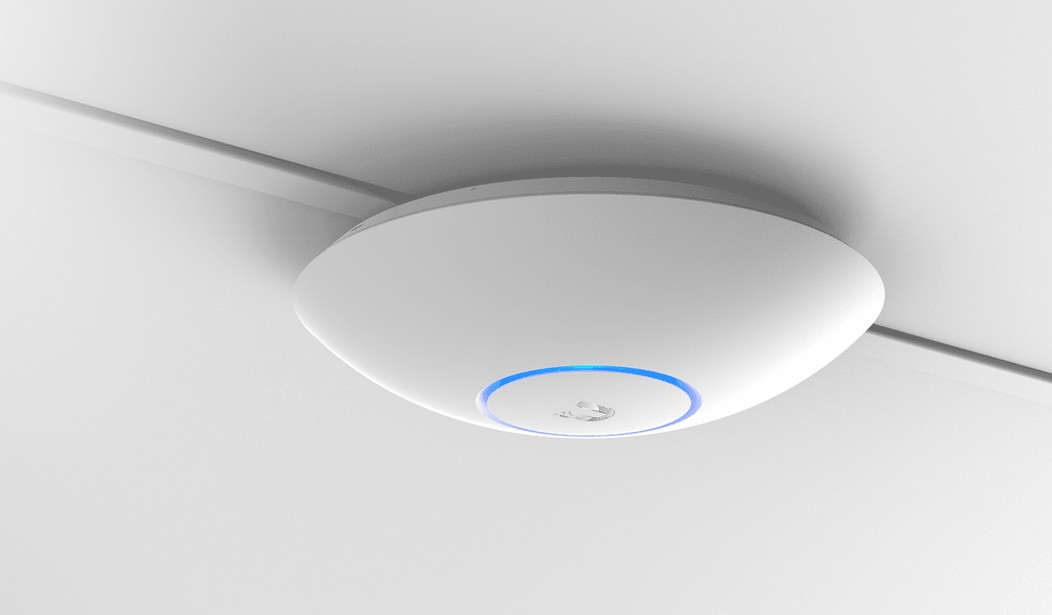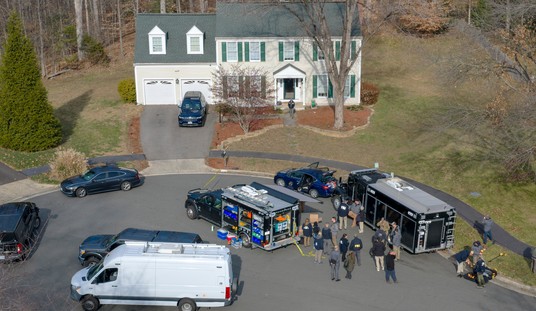I spent a year in Wifi Router Hell, but that’s all over now thanks to some sweet prosumer gear recommended to me by a networking/IT friend of mine.
Previously the best (and easiest) wifi router I’d owned was Apple’s 802.11n-class AirPort Extreme. So naturally when Apple introduced the faster (and just as easy) 802.11ac-class AirPort a couple of years ago, I upgraded.
But I got a lemon. It never did work very well, and a few months ago the wifi had degraded so much that Apple agreed to swap it out for a refurbished unit. And the refurb turned out to be another lemon. My experience flies in the face of consumer satisfaction ratings, which are highest for Apple’s routers. But lemons do happen, and I was twice bitten, thrice shy.
I’d been very happy with my Synology NAS gear, and their RT1900ac wifi router got great reviews. At $149 it wasn’t cheap, but it is well-reviewed and has the ability to run various media and security apps — but you’ll have to buy an SD memory card for storage.
Synology’s router was easy to set up, and I may never again run a home network without their Intrusion Prevention app. You even have the ability to make custom parental controls and apply them exclusively to your kids’ wireless devices. Very cool bit of kit, and Synology’s browser-based front-end is simple and obvious enough for non-networking nerds like me to take full advantage of.
But it turned out that not even Synology’s superior wifi strength was enough to provide the coverage we need to all three floors of our house.
So I met Matt (my networking friend) for lunch and asked him what would be good wifi gear for someone with zero tolerance for weak gear, but without much knowledge about networking.
“You want Ubiquiti,” he said without a moment’s hesitation. “I have three of their access points in my house and zero interference from the neighbors.”
A wifi access point is just that: wireless access to the network; you still need a router to create your network. Ubiquiti makes routers, too — but I already had one of those, even if I wasn’t happy with the wifi part of it. So I made a Frankenstein creature out of Synology and Ubiquiti gear.
I turned off the wifi radios on the Synology, and wired a Ubiquiti UniFi access point into it. They make several UniFi models, in various sizes of Miniature White Flying Saucer, and I went with the UAP-AC-LR version (currently less than $95 on Amazon) optimized for long range. Setup wasn’t Synology easy, but the discovery/controller app made it fast and painless enough. And like Synology, Ubiquiti uses a browser-based front end — although you do need the Controller applet running in order to access it.
CAUTION: Ubiquiti’s networking abilities run deep. You might not do much more than scratch the surface of what the company’s wifi networks can do, which is just fine because you don’t need to dig into anything you don’t need to use. On the other hand, if you do decide to jump in, you’ll find all kinds of fun networking toys to play with. For example, UniFi can support up to four wifi networks. I run the usual two: Home and Guests. For our massive New Years party however, I plan on establishing a third wifi network. It will have limited internet access and restricted bandwidth, but no password. Guests will be able to sign in without any instruction, and the next day I’ll simply delete the NYE network as though it never existed. The whole process will take a few mouse clicks and just enough keystrokes to name the temporary network. Nifty.
Did I mention the long range is really long? I tested the LR unit with my phone, and got two bars of wifi, all the way at the bottom of our 150-plus-foot-long driveway. Given the weird shape of our flag lot, that’s about 350 feet from the access point.
The problem with having that much power, of course, is that it only makes you want more.
So last week I ordered the UAP-AC-PRO model, optimized for signal strength (about $130 on Amazon). I put the new POWER model up on the top floor in my office, where the old one had been. I figured its more powerful radios would make 5Ghz work better inside the house, where walls and floors can interfere with higher frequencies.
Then, using the miracle of power-over-ethernet (included in both APs) I put the distance-optimized model on an outside-facing wall in the laundry room. The weaker (but range-optimized) radios now have an almost unobstructed view to the outdoors. It took a couple of hours for the two AP units to sort themselves out into a single network, but they did, and again without more effort from me than a few mouse clicks. Wifi transfer rates are even faster and stronger throughout the inside of the house, and my phone is still getting two bars of wifi power — down the cul-de-sac, around the corner, and three houses up the next street. Wheeee!
Does anyone need that much power? Probably not, but I’m also (like Matt) getting zero interference from the neighbors’ wifi networks: Ubiquiti seems to drown them out. Moving around from floor to floor or inside to outside, the access points seamlessly hand your phone or laptop on and off from one AP to the other, to whichever signal is best. Total brainpower required from the user: Zero.
These UniFi access points are essentially commercial-grade radios and firmware, packaged inside prosumer-grade housings. Uptime seems to be measured in months, and Matt tells me he once went a couple of years without even thinking about his gear, much less fiddling with it, until an important firmware upgrade had to be installed.
So if your old wifi router is losing power, I’d recommend you invest in just one of the UniFi APs I purchased, and building your own Frankenstein network out of your old router and a new access point.
Or buy two or three and enjoy power, unlimited power!










Join the conversation as a VIP Member